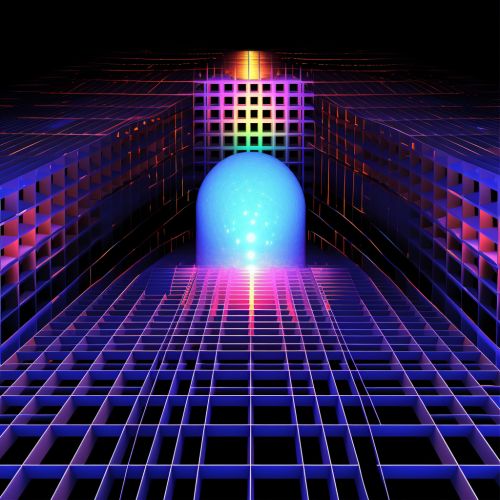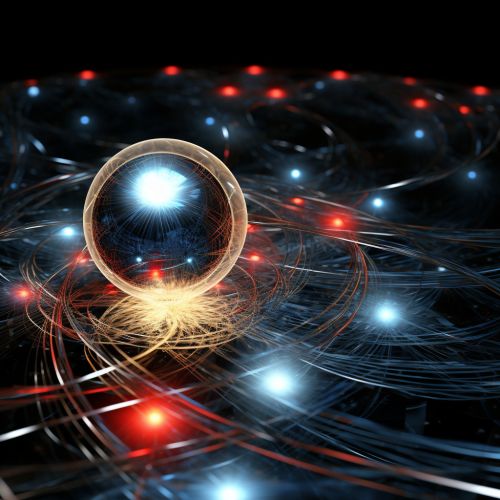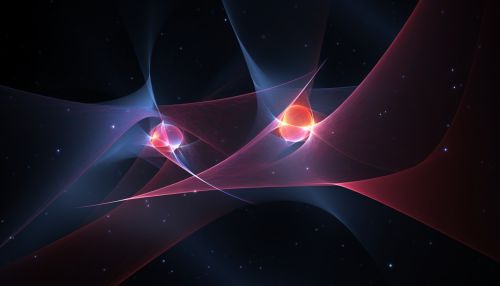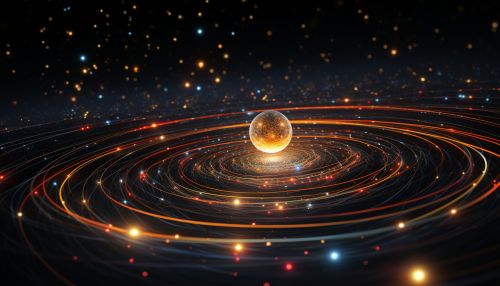The Mathematics of Quantum Computing
Introduction
Quantum computing is a rapidly evolving field that leverages the principles of quantum mechanics to perform computational tasks. Unlike classical computing, which uses bits as the smallest unit of data, quantum computing uses quantum bits or qubits. Qubits can exist in multiple states at once, a phenomenon known as superposition, and can be entangled, meaning the state of one qubit can be dependent on the state of another, regardless of the distance between them. These properties allow quantum computers to process a vast number of possibilities simultaneously and solve certain types of problems much more efficiently than classical computers.


Mathematical Foundations of Quantum Computing
The mathematical foundations of quantum computing are rooted in linear algebra, probability theory, and complex numbers. The state of a qubit is represented by a vector in a two-dimensional complex Hilbert space, and the operations on qubits are represented by unitary matrices. The probability of measuring a qubit in a particular state is given by the square of the amplitude of that state, a concept derived from probability theory.
Qubits
A qubit, the fundamental unit of quantum information, can be in a state of 0, 1, or any superposition of these states. Mathematically, the state of a qubit |ψ⟩ can be represented as a linear combination of the basis states |0⟩ and |1⟩:
|ψ⟩ = α|0⟩ + β|1⟩
where α and β are complex numbers, and |α|^2 + |β|^2 = 1. This equation represents the probability rule, as |α|^2 and |β|^2 represent the probabilities of measuring the qubit in state |0⟩ and |1⟩, respectively.


Quantum Gates
Quantum gates are the basic operations that can be performed on qubits. They are represented by unitary matrices, and their action on a qubit is represented by the multiplication of the state vector of the qubit by the matrix representing the gate. Some common quantum gates include the Pauli-X, Pauli-Y, Pauli-Z, Hadamard, and Phase gates. Each of these gates transforms the state of a qubit in a specific way.
Quantum Entanglement
Quantum entanglement is a phenomenon in which two or more qubits become linked, such that the state of one qubit is immediately connected to the state of the other, no matter how far apart they are. This is represented mathematically by a state vector that cannot be factored into separate vectors for each qubit. The concept of entanglement is fundamental to many quantum algorithms and protocols, including quantum teleportation and quantum key distribution.


Quantum Algorithms
Quantum algorithms leverage the principles of superposition and entanglement to solve problems more efficiently than classical algorithms. Some of the most well-known quantum algorithms include Shor's algorithm for factoring large numbers, Grover's algorithm for searching unsorted databases, and the quantum Fourier transform, which is a key component of many quantum algorithms.
Shor's Algorithm
Shor's algorithm is a quantum algorithm for factoring large numbers that runs significantly faster than the best known classical algorithms. It was the first algorithm to demonstrate that quantum computers could solve certain problems more efficiently than classical computers, providing a strong motivation for the development of practical quantum computers.
Grover's Algorithm
Grover's algorithm is a quantum algorithm for searching an unsorted database with quadratic speedup compared to classical algorithms. It provides a concrete example of how quantum computers can outperform classical computers for certain tasks.


Quantum Error Correction
Quantum error correction is a set of techniques to protect quantum information from errors due to decoherence and other quantum noise. Quantum error correction is essential for practical quantum computing, as the fragile nature of quantum information makes it susceptible to errors from various sources, including the environment and the operations performed on the qubits.
Quantum Complexity Theory
Quantum complexity theory studies the resources required to solve computational problems on a quantum computer. It is a subfield of computational complexity theory, which studies the resources required to solve problems on a classical computer. Quantum complexity theory has identified several classes of problems that can be solved more efficiently on a quantum computer than on a classical computer.


Conclusion
Quantum computing is a promising field that has the potential to revolutionize many areas, including cryptography, optimization, and drug discovery. However, many challenges remain, including the development of practical quantum computers and the discovery of new quantum algorithms. The mathematics of quantum computing provides the tools necessary to understand and overcome these challenges.
